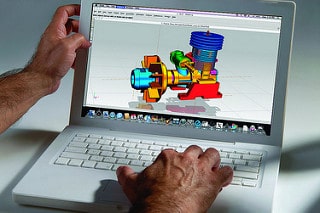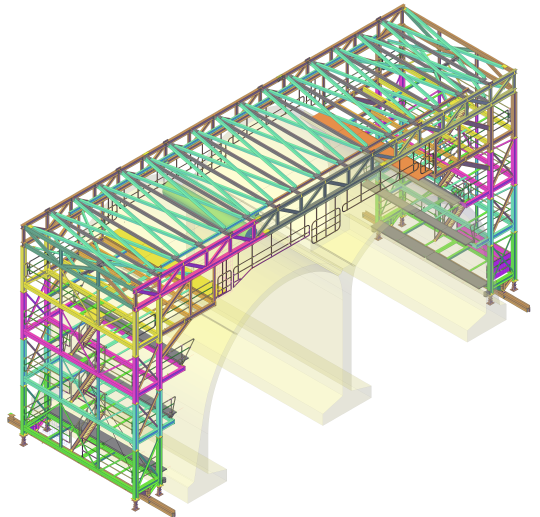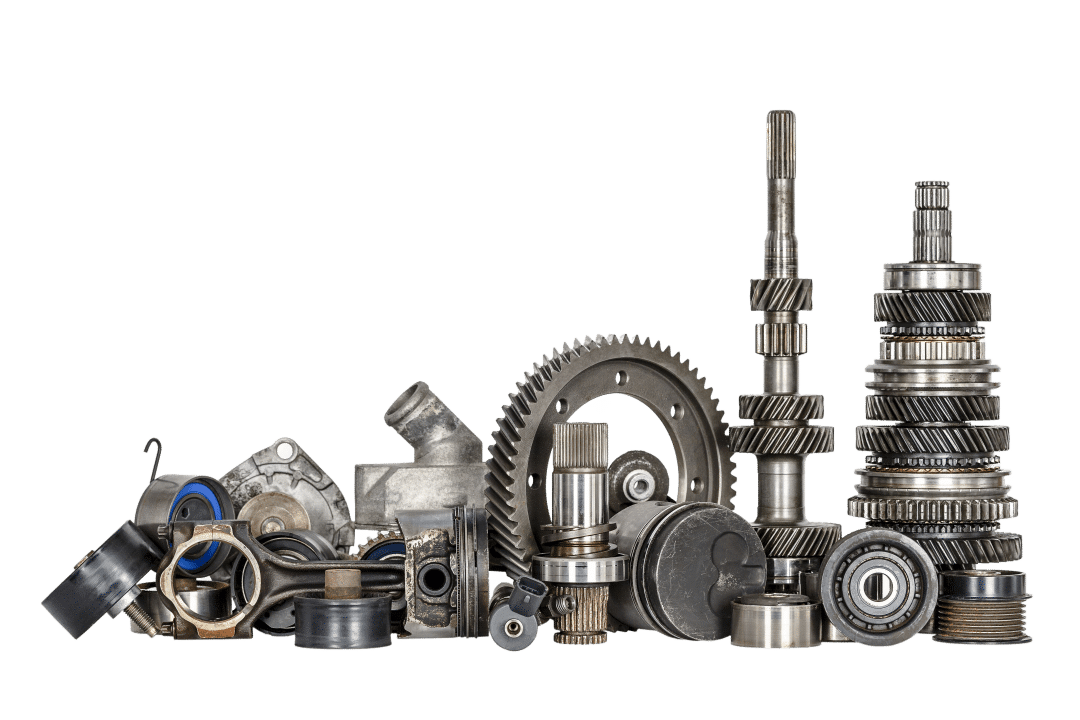Computer Aided Design (CAD) based 3D scanning has enjoyed an increase in use over recent years. Lower hardware costs and improved software have combined to make it possible to reverse engineer items from the smallest wire to entire vehicles. The technology has been used to recreate historical finds, enabling archaeologists to get a better understanding of the object without risking damage. It has also been used to reverse engineer obsolete parts, eliminating the need to replace old machinery that is otherwise reliable and effective.
Identify faults
CAD based reverse engineering enables manufacturers to determine fault in their products. For example, if a year-old engine part has reduced output, it can be scanned and then precisely compared to the design of the original to determine what improvements can be made and without having to rely on ineffective trial and error or expensive techniques.
Quality assurance
Whether for stress testing or another quality control process, a similar technique can be applied. A part can be scanned and studied after five, 100, and 1,000 simulated uses. There is no need to pull the part to pieces, which means that testing costs and time are reduced.
Manufacturing replacement parts
Replacement parts are not always easy to come by, and costs can be prohibitive when you incorporate shipping and other handling fees. With computer aided design reverse engineering, it is possible to reproduce these parts, often at a fraction of the cost of buying them, and you can use the design that is created to print additional replacements.
Reproduce obsolete parts
Some older machinery and equipment may have been supplied before the days of effective computer aid design. Parts may not have been as precisely manufactured, either, and this can lead to costly problems for the owner. Even if a part has become obsolete, with reverse engineering, you can recreate that part. If there is damage around the part, you can even customise the precise measurements to ensure that it is a perfect fit for its current requirements.
There are a number of reasons for the rise in use of computer aided design and 3D reverse engineering:
• Quickly capture data – 3D scanning cuts down on the time it takes to manually and precisely measure all of the dimensions of the machinery, equipment, or parts that you wish to recreate. Handheld scanners even make it possible to scan items on-site before recreating their design.
• Cut design time – although the time it will take to scan an item depends on the size and detail of that item, it will certainly be shorter than manually measuring and drawing up designs. The CAD software will ensure that all measurements and blueprints are accurate, and you can use and combine designs, make modifications, or use the designs to produce parts.
• Increase accuracy in manufacture – product recalls and products that are otherwise not fit for purpose can have a massive impact on a business. Not only does the manufacturer stand to lose money ensuring that new products are manufactured to higher standards, but a loss of reputation has a knock-on effect that can cause further financial loss to the company. Reverse engineering improves quality assurance and cuts down on errors.
• Improve old designs and faulty parts – there is no doubting that technology has advanced over the years, and an item that you designed 10 years ago may not have benefited from the same level of accuracy and reliability that is offered with modern techniques. Use 3D reverse engineering to identify any inaccuracies, to take more accurate measurements, and to create more reliable and better quality products and parts.
NX for Mac OS – engine model on laptop by Siemens PLM Software licensed under Creative commons 6



